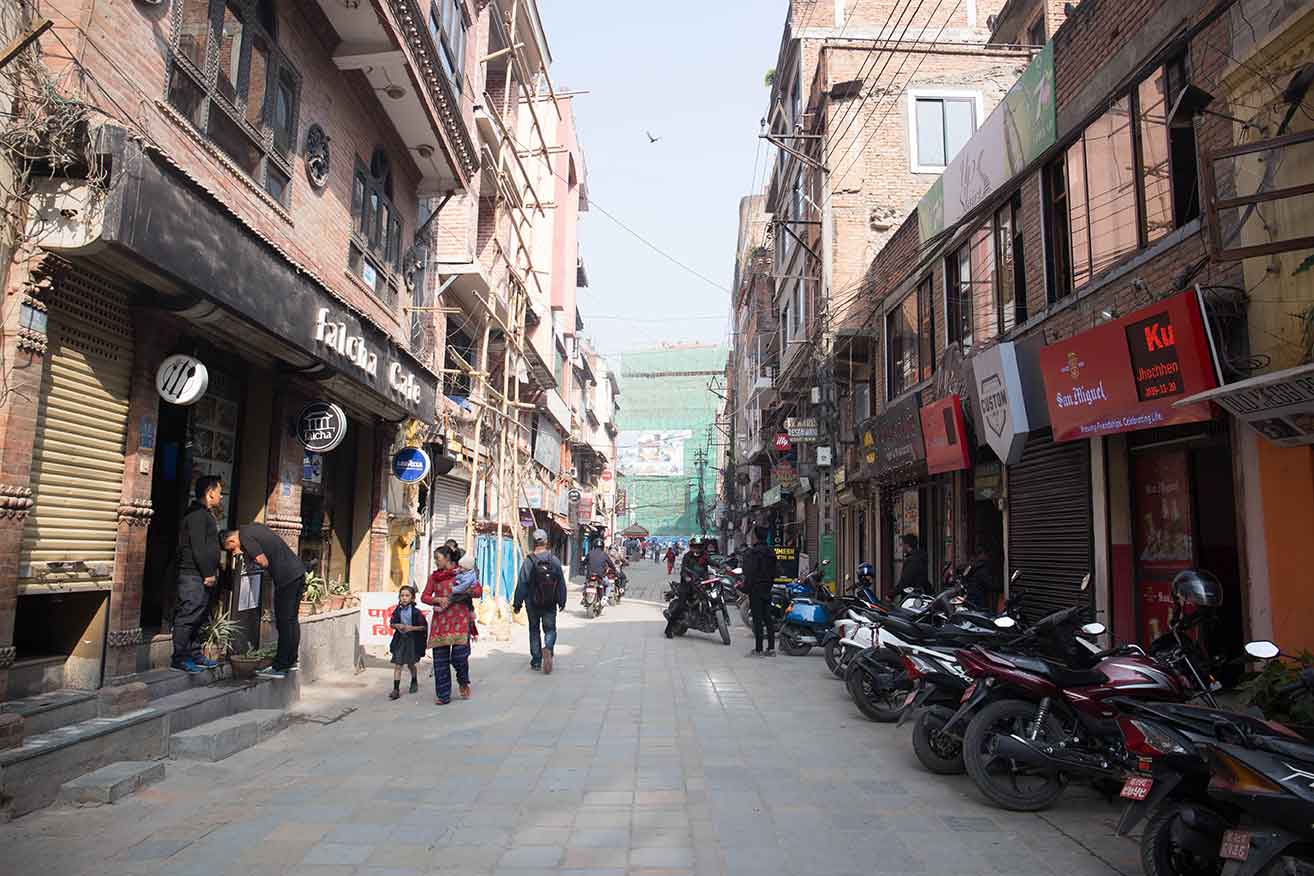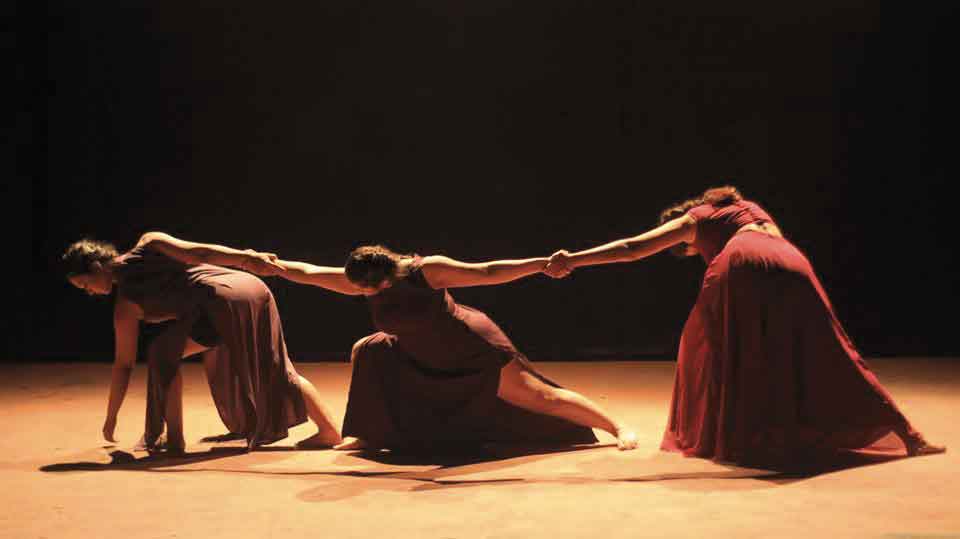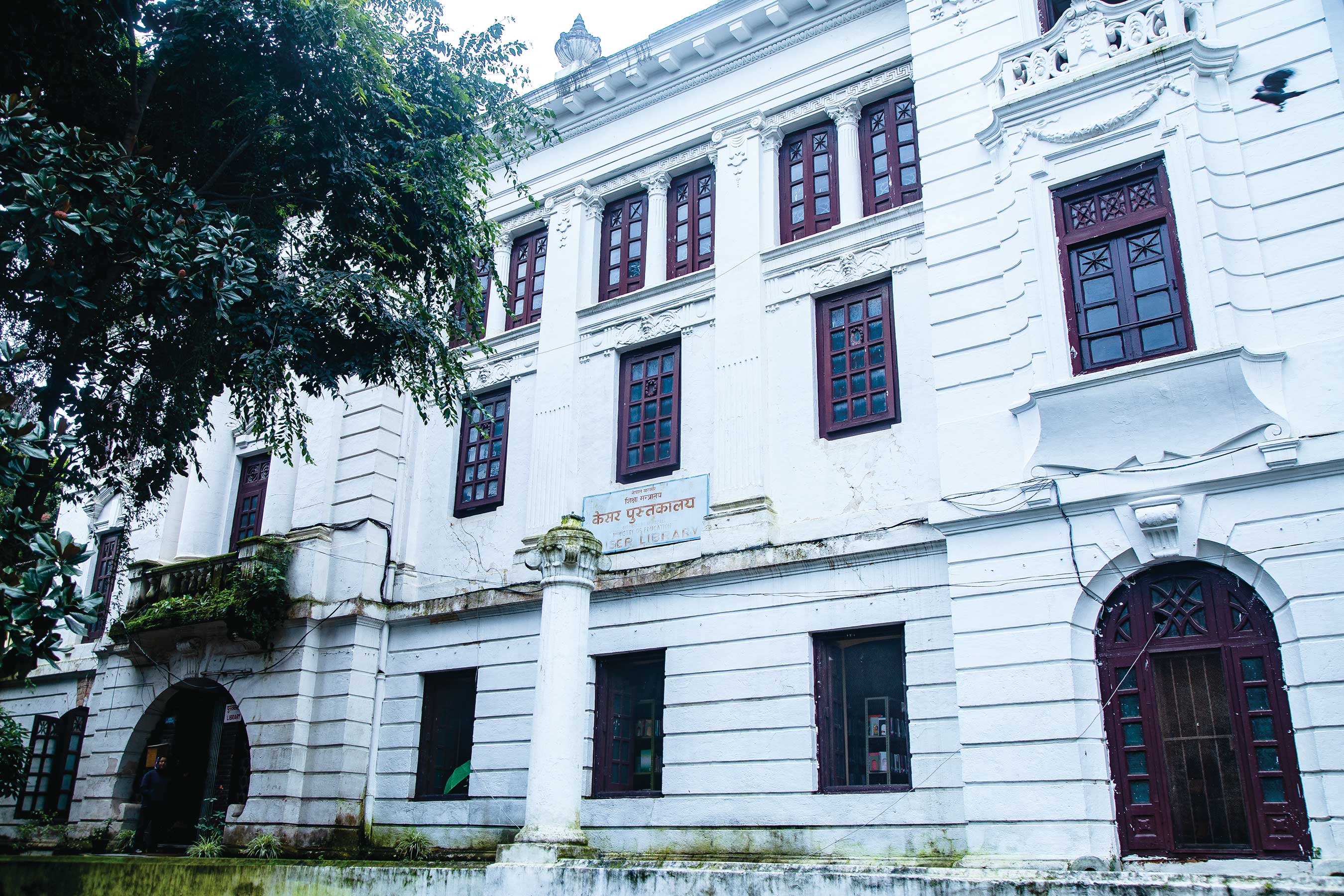To the untrained eye it would seem that writing about theatre is as futile as dancing about architecture. But it is far from futile when it is approached by an insider with a breathtaking depth of knowledge. This is why if anyone were to write the first book on Nepali theatre in English, Abhi Subedi would be the perfect fit. This Professor at the Central Department of English at Tribhuvan University has a long involvement with the stage. An actor in his youth, he is today a popular playwright with over 10 plays that are performed by strong theatre groups in Nepal.
There are some interesting premises in Nepali Theatre. In one, Subedi asserts that “every major cultural and historical performance is made in the street.” With this thread he links medieval theatre in the Nepal Mandala to the arrival of King Prithvi Narayan Shah during the performance of Indrajatra, the political watershed of 1950, the demonstrations of 1990 when “the King…became the audience and the marchers became the performers” and even the April 2006 revolution when “the street was power, the palace was the theatre.” In the publisher’s note, Sunil Pokharel, the Artistic Director of Aarohan, Gurukul echoes Subedi’s assertion: “the makers of Nepali theatre are both on the street as well as on the proscenium arch.” These are powerful ideas and Subedi presents it not as a placid observer but as someone who has performed and participated with all his intellect and passion.
Subedi’s style in writing this book is, as the title suggests, the way he sees it. Liberally peppered with ‘I’s’, the first person account dominates the narrative. This is balanced by the sheer information that the author brings to play with the support of academic works by the likes of Mary Shepherd Slusser and Jacques Lecoq. There are nine chapters in the book, beginning with Subedi’s personal journey into Nepali theatre and ending on an optimistic note of the Ongoing Promenade. In-between, Subedi takes the reader through the cultural heritage of Nepali theatre from folk to the Parsi influence and the important influence of street theatre. Again, with a nod to this personal account, Subedi includes a chapter on his encounters through his continuing role in the International Theatre Institute.
Nepali Theatre is valuable in that it attempts to collect and logically collate a very rich and diverse past and present into a book that is both entertaining and informative. Regrettably, some areas do not make the mark. To begin with, there is a general impression that this book, despite the research and content, was put together in haste. Subedi is hurried, especially while recounting his conversations with Keshar Man Tuladhar et al., of the Parsi theatre. This is in direct contrast to the almost lyrical words penned for Bal Krishna Sama in the next chapter. The content could have shone with the help of an editor to maintain stylistic consistency, spellings, and repetitions—a particularly memorable paragraph is copy-pasted in two places. The rare and wonderful photographs in the book are not big enough to enjoy, the captions in a fussy font that further distracts. There are unfortunate spelling errors on the contents page, made somewhat more obvious by the fact that someone has corrected it with a blue dot pen. These maybe rather inconsequential in the entire summing of Nepali Theatre but it jars the reader, much the same way an actor missing his cue would for a viewer.
It must be acknowledged that theatre is a very difficult subject to write about, not least because it is intensely personal as it is a public experience. In the final analysis, what matters is that Subedi has made an important contribution to our understanding of Nepali theatre. Through his eyes we learn to see it as he does-from a place that balances the head with the heart of the matter.
253 pp, Published by Gurukul, 2006.
NRs 225/- Courtesy: Mandala Book point, Kantipath Ph: 4245570.

Hiking Through History
After hiking for hours, we finally reached the park. The first thing we saw was the tomb of...










